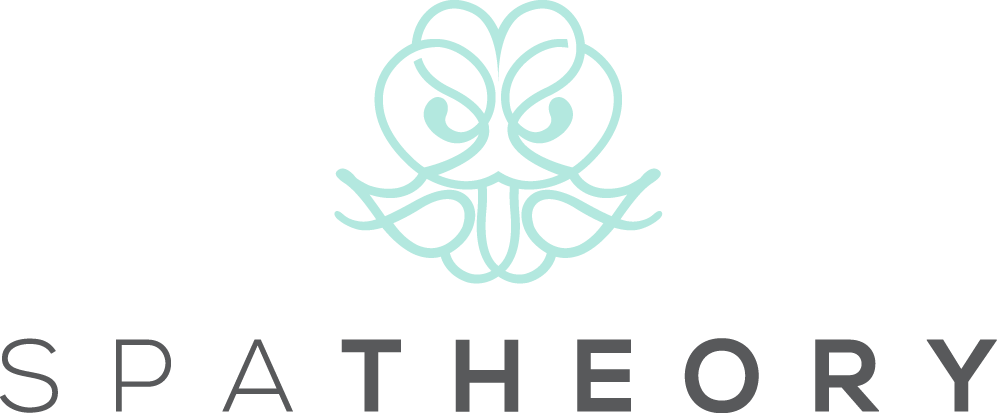Lower Back Massage Techniques: Best Practices to Alleviate Pain
Lower back pain is a common form of discomfort, and while most cases do go away after a while, it can be both troubling and impactful on your day-to-day life. While it’s important to follow up with your doctor if you’re experiencing any type of back pain, massage therapy, particularly focused on the lower back, can be a supplementary and effective way to alleviate physical discomfort and regain mobility in your lower back. Let’s take a closer look at how massage can help.
Understanding Lower Back Pain
Firstly - what causes lower back pain? Lower back pain can stem from various causes, including muscle strain, poor posture, overexertion, as well as some underlying health conditions. It's generally characterized by stiffness, aching, and tension in the lower back area, which can significantly impact your daily activities.
At Spa Theory - aka the best best to book mobile couples massage Atlanta - we offer a range of in-home massage treatments that can help you manage lower back pain, whether it be a recent discomfort or a chronic condition.
What Causes Lower Back Pain?
To effectively address lower back pain through massage, it's first important to understand its root causes. Whether it's due to muscle tension, spinal misalignment, or other factors, this understanding guides the choice of appropriate massage techniques. After all, not all causes of lower back pain can be treated with the same form of therapy.
The Role of Massage in Pain Relief
So how does massage help? In short, massage therapy helps relieve lower back pain by relaxing tense muscles, improving circulation, and promoting the release of endorphins, aka your body’s natural pain relievers. It's a non-invasive approach that can provide significant relief from lower back pain, while also boosting your overall wellness.
Preparing for a Lower Back Massage
If you’re planning on getting a massage to help your lower back pain, proper preparation is key to maximizing the benefits:
Creating a Comfortable Environment
Ensuring a relaxing environment is essential; this includes a comfortable massage table or surface, calm lighting, and perhaps gentle music to promote relaxation.
Choosing the Right Equipment
Using quality massage oils and tools, if necessary, can enhance the massage experience: the right oil can reduce friction and nourish the skin, while specialized tools can help target deeper tissue layers.
Techniques for Providing a Lower Back Massage
So, what kind of techniques might be implemented during a massage to address lower back pain? Here are some common techniques:
Gentle Strokes
Your massage therapist might start with gentle strokes; this helps warm up the muscles, making them more receptive to deeper pressure. This also helps in relaxing the body and preparing for more targeted techniques.
Kneading
Kneading the muscles in the lower back area helps in easing muscle tension and knots. This technique involves lifting, rolling, and squeezing the muscles, which can be particularly effective in alleviating pain.
Circular Motions
Your massage therapist might also try using circular motions with the fingers or palms; this can help in further relaxing the muscles and improving blood circulation in the area.
Pressure Points
Focusing on specific pressure points in the lower back area can also provide targeted relief; applying steady, direct pressure to these points helps in releasing muscle tension and reducing pain.
Targeted Massage Approaches
When it comes to addressing lower back pain, certain niche, targeted massage techniques can be particularly effective; these approaches tend to focus on specific areas of tension and discomfort, and can offer a more tailored and efficient treatment:
Myofascial Release
If you want to get more scientific in your approach, you can always consider exploring benefits of myofascial release. This technique involves applying gentle, sustained pressure into the myofascial connective tissue to eliminate pain and restore motion, and it's particularly effective for chronic lower back pain and can be integrated into a massage session.
Trigger Point Therapy
Targeting trigger points – tight areas within muscle tissue that cause pain in other parts of the body – can significantly alleviate lower back discomfort; this method works by applying direct pressure to these points to reduce muscle spasms and pain.
Deep Tissue Massage
For more persistent or severe lower back pain, deep tissue massage can also be beneficial, although this should also be approached with caution. This technique uses firmer pressure and slow strokes to reach deeper layers of muscle and fascia, and while it is more intense physically, it's particularly helpful for chronic aches and pain in the lower back.
Stretching Techniques
Finally, incorporating stretching into or after the massage can enhance your flexibility and reduce muscle tightness; gentle stretches, guided by your therapist or a professional, can help elongate the back muscles and relieve tension.
Post-Massage Care and Recommendations
Once you’ve finished your message, don’t forget about that all-important aftercare! After a lower back massage, certain aftercare practices can extend the benefits of the session and help prevent further discomfort:
Hydration
It’s always a good idea to drink plenty of water post-massage; this helps hydrate the muscles and flush out toxins that may have been released during your session.
Heat Therapy
Applying a warm compress or taking a warm bath can further relax the muscles and ease any residual soreness after the massage - just make sure to use heat carefully!
Regular Sessions
For chronic lower back pain, regular massage sessions can be more effective; consistent treatment helps maintain muscle relaxation and pain relief over time, and can also reduce stress, anxiety, and tension over time.
The Bottom Line
Ultimately, there’s no reason that you have to suffer with lower back pain, even if you’re under the impression that there’s no hope! With the right massage techniques, it's possible to significantly alleviate ongoing discomfort and improve your quality of life.

